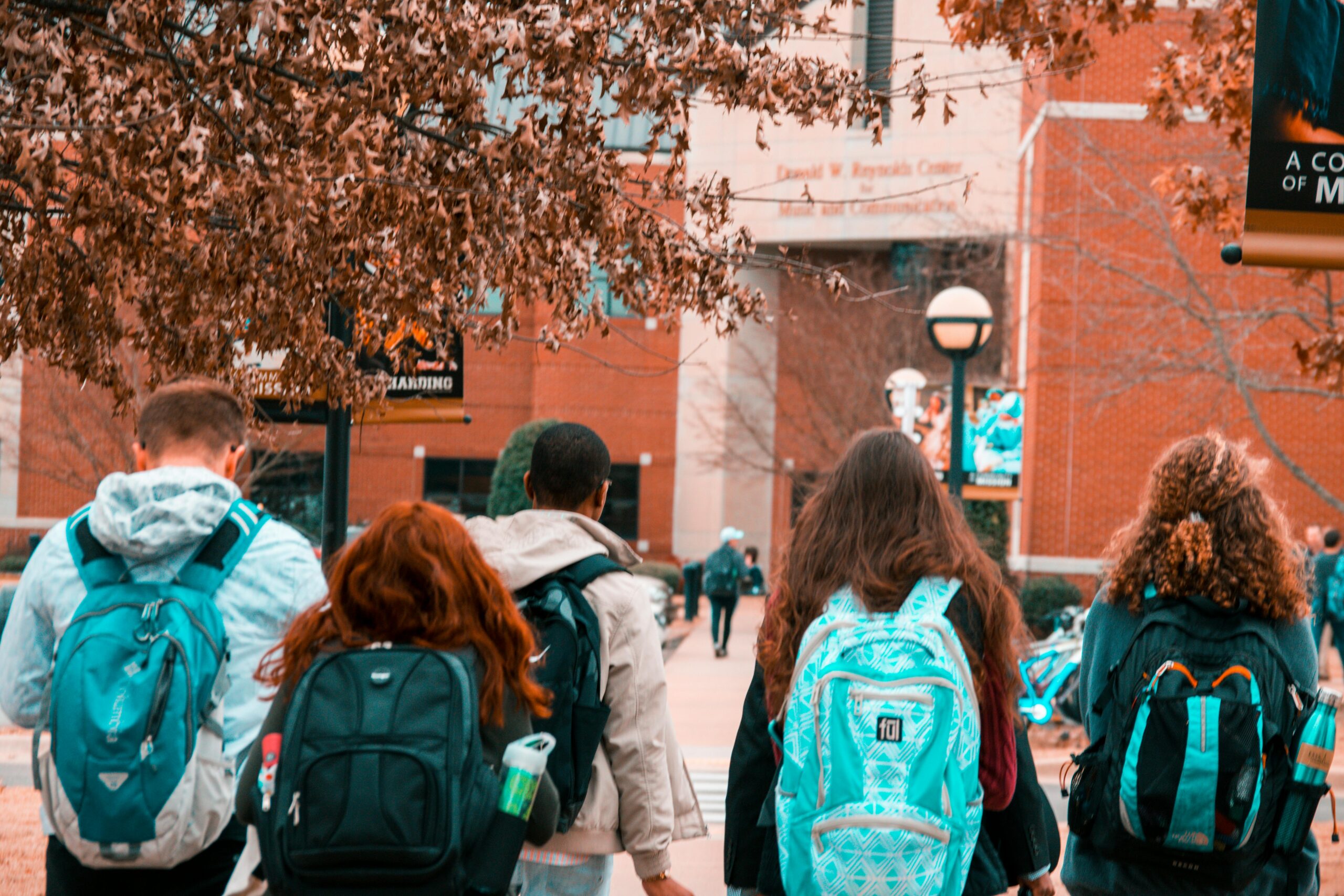This interview refers to the Fairtrade project which can be found in our Good Practices section.
GOOD PRACTICE OVERVIEW, CHALLENGES AND OPPORTUNITIES
What did you like the most about this practice?
I liked the method of research and practical activity on the topic „Fairtrade“. The aim of the practice was to recognise products with any of the FAIRTRADE marks in a local supermarket Prisma, to support farmers and workers as they improve their lives and their communities.
It was necessary to make a list of fairtrade-labelled products, take a photo of one product and post it in a padlet with the name of the product, the country of origin, and the composition of the product.
What did you like the least about this practice?
It was difficult to find needed food with the Fair trade label among the variety of food labels.
How can this practice be improved in the future?
It can be improved by the right choice of food products that support the fair trade campaign, which means the buyer against slave labor and against child labor, and for decent wages for workers in Africa and the Middle East.
Do you think your understanding of Food Literacy and sustainable food systems has been improved after implementing this practice?
Yes, Iam as a consumer stay loyal to Fairtrade as the most visible and trusted ethical label. Iam ready to pay more for a Fairtrade product, despite the increased cost of living, because I strongly associate Fairtrade with social justice issues such as decent working conditions, protecting farmers’ and workers’ rights, and tackling poverty. Now Iam informed that Fairtrade support farmers to reduce the impact of climate change, reduce the impact of farming on the environment, and protect against deforestation, reflecting greater awareness of Fairtrade’s actions in these areas of sustainability.







